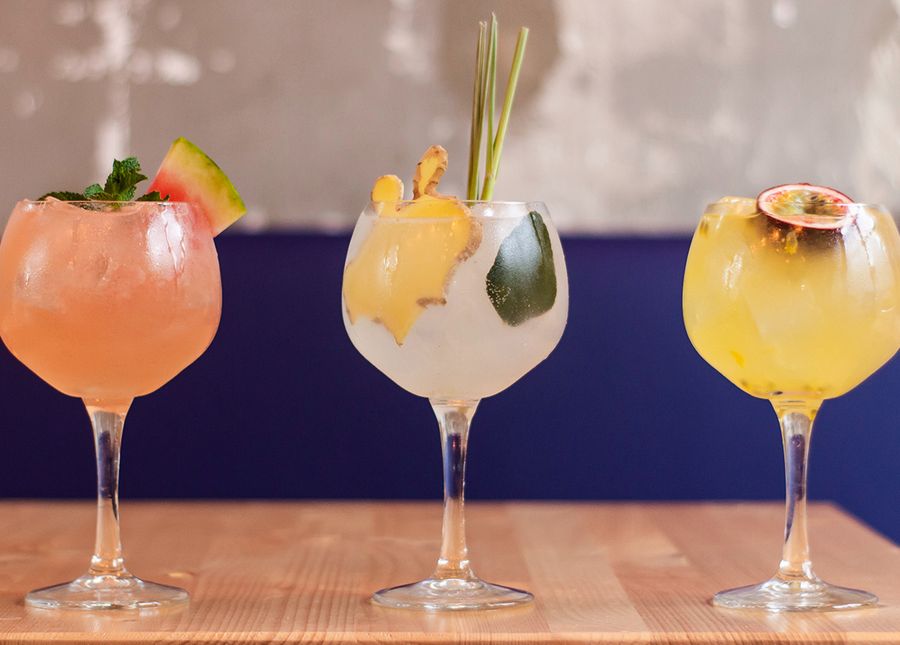With paracetamol and ibuprofen only starting to become commercially available in the 1950s and 60s, you may wonder just how you would’ve coped with a cracking headache back in the day. Thankfully, many ancient healing methods can be considered just as effective as popping a pill, and carry with them deep-seated tradition.
Here are three ancient healing methods from around the globe, all of which are still carried out today.
Singing

If you’re prone to breaking into song, you probably already know that singing has healing effects. Studies have shown that singing can improve your mood, releasing endorphins and boosting your immune system. But it’s not just the singer who can reap the benefits of song. In some cultures, singing is also believed to be able to help those around you.
In Peru, the Wachiperi are a small group of indigenous people who live in the Amazon. Their traditional healing song, known as ‘esuwa’, is believed to be able to cure all kinds of ailments. Said to have been passed onto them from forest animals, the Wachiperi esuwa singers appeal to forest spirits to help them heal others.
Unfortunately there are fewer than 150 Wachiperi people left, and only six of them are esuwa singers. That’s why esuwa was placed on UNESCO’s ‘Intangible Cultural Heritage in need of Urgent Safeguarding’ list seven years ago, with the UN organisation working with the Wachiperi people to ensure it is being passed down.
Dancing

As Kevin Bacon found out in Footloose, dance can be a powerful force. That’s why dance has been used throughout the ages as a way to not only kick up our heels and have fun, but to potentially help others. In South Africa, sangomas are shamans who are believed to be able to cure the ailments of people in their community – they do this through plant medicine, prayer, music and dance.
Through their dancing, sangomas reach out to and communicate with their ancestors. This frenzied dance, which puts the sangoma into a trance, is accompanied by people singing and drumming. The sangoma uses their own body as a vessel during these high-energy ceremonies, receiving the wisdom of their elders in order to care for those who are unwell and in need of healing.
Mudras

If you’ve practiced yoga, you may be familiar with the symbolic hand gestures known as mudras. While it can be tempting to wing them if you don’t quite follow your yoga teacher’s example of how to hold your hands, each mudra is used for a specific purpose, so don’t make up your own. For example, the apana yogic mudra, which if seen at a metal gig would be recognised as Dio’s famous ‘sign of the Devil’, is believed to aid digestion.
The belief that mudras can balance your body’s energy and encourage healing is found in both Hinduism and Buddhism, although it’s unclear as to when and how they came about. While you may bust a mudra out for that Instagram pic of you at your yoga retreat, traditionally mudras were practiced along with Pranayama breath to boost healing powers, so use them wisely.
Main image: Ksenia Makagonova



